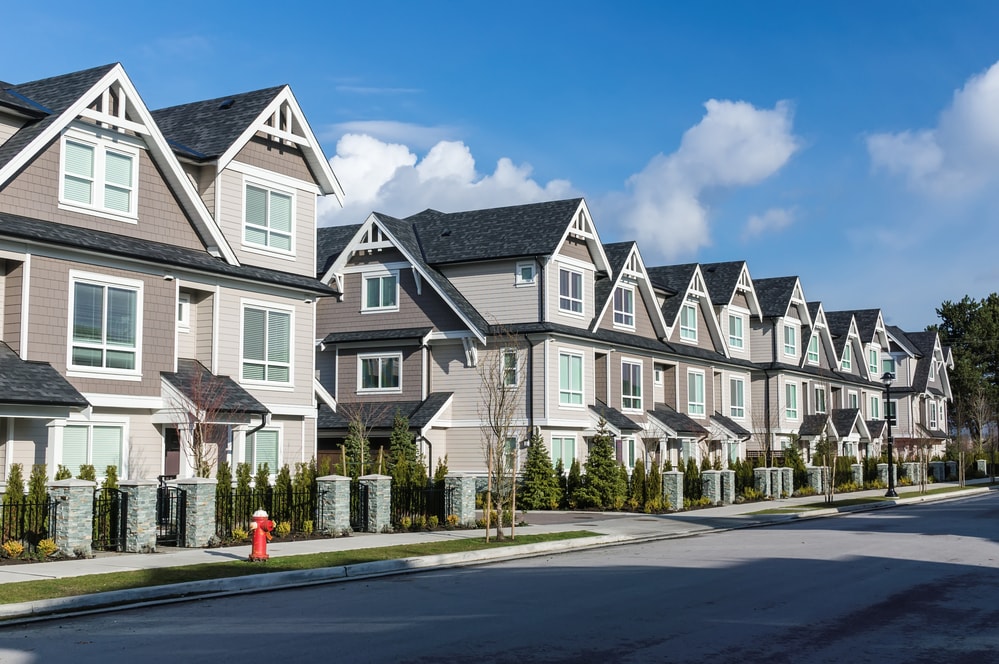Are We Hurting Ourselves by Restricting Manufactured Housing?

Travel throughout South Carolina and you’ll find one of the largest concentrations of manufactured homes in the country. North Carolina ranks number two, only two percentage points behind its southern neighbor. With manufactured housing volume approaching 20% in both states, it seems that they have an affordable housing option many other states are missing.
The interesting thing about manufactured housing is that it is typically limited to one of two scenarios. Manufactured homes are either placed on individual plots of land located in rural areas or confined to land lease communities on the outskirts of suburbia. This is no accident.
Municipalities have made the choice to restrict manufactured housing for decades. In so doing, they have also put the lid on an industry that, if unfettered, could be the most effective solution to solving the affordable housing crisis. So, are we hurting ourselves by restricting manufactured housing?
Manufactured, Not Mobile
One of the things hindering manufactured housing is a misunderstanding of what it is. Thirty years ago, what we know as manufactured homes today were called ‘mobile homes’. They were so designated because they were manufactured in factories and towed to home sites on tractor-trailers.
What we fail to consider is that a manufactured home is mobile only in the sense of how it is delivered. According to research by Seeking Alpha, 80% of all manufactured homes never leave the site on which they are originally placed. And contrary to popular opinion, a well-built manufactured home can withstand the test of time if it is maintained.
Less Expensive to Build
Seeking Alpha research also shows that you can buy a decent 1,500 square foot manufactured home for about $70,000. Why are they so cheap to build? It’s all about the assembly line. Because these houses are built in a factory, building them is exponentially more efficient and cost-effective.
Just like Henry Ford’s assembly line made cars affordable to the average consumer, manufacturing homes in a factory results in affordable houses for many people who couldn’t afford to buy otherwise. It’s a great model.
People Will Buy Them
Less costly construction is only half the manufactured home equation. The other half is that people actually want these houses. Manufacturers cannot build them fast enough. Once again, that makes sense. Give people what they want, and they will buy.
CityhomeCOLLECTIVE, a Salt Lake City real estate and design firm, explains that the key to successfully selling real estate is to give people what they want. That’s why agents spend so much time getting to know their clients. Give potential buyers a house they love at a price they can afford and you will make the sale.
Loosen up the Restrictions
So, why do municipalities restrict manufactured housing? Perception. First of all, there’s a perception that manufactured housing is not of the same quality as site-built housing. Nothing could be further from the truth. Modern building codes have seen to that. Today’s manufactured homes are every bit as strong and robust as their site-built counterparts.
Another reason, and one that is far more insidious, has to do with perceptions of class. America has long believed that manufactured homes are only for poverty-stricken, backwoods homeowners who cannot afford site-built homes. Local politicians, in an attempt to keep such homeowners away, have restricted manufactured housing to the extent that it’s hard to find in most cities.
It’s time to loosen the restrictions on manufactured housing. It can be built inexpensively, and people want it. Free manufactured housing from ridiculous restrictions and you solve the housing crisis.








